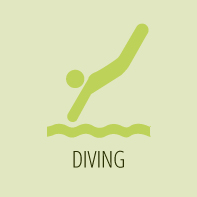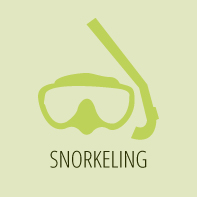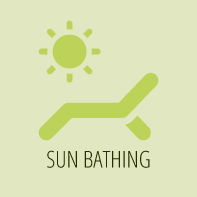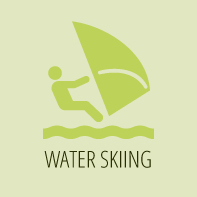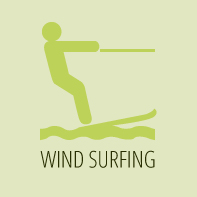Kiunga Marine National Reserve
Kiunga has got it all. Containing a diversity of landscapes, seascapes, mangroves, mudflats, lagoons, sand dunes, beaches, sand islands, raised reef islands, sea-grass beds, and coral reefs, this the biggest mangrove stand in Kenya with the tallest mangrove trees reaching 30 meters high.
Roads: Drive to Mokowe jetty, get a dhow or speed boat to Lamu and connect to Mkokoni via a speed boat.
Airstrips: From Mombasa, Malindi or Nairobi, fly to Manda airstrip and connect by sea at Mokowe jetty.
By Sea: From Lamu you can get to Kiwayu Island by dhow or speedboat.
By Rail: Standard Gauge Railway (SGR) from Syokimau (Nairobi Terminus) to Miritini (Mombasa Terminus) train stations, then connect by road/sea.
|
KIUNGA MARINE NATIONAL RESERVE |
EAST AFRICAN CITIZEN (KSH) |
RESIDENT (KSH) |
NON-RESIDENT (USD) |
AFRICAN CITIZEN (USD) |
||||
|
Adult |
Child |
Adult |
Child |
Adult |
Child |
Adult |
Child |
|
|
500 |
250 |
675 |
350 |
25 |
15 |
15 |
10 |
|
MODE OF PAYMENT: Through Ecitizen (https://kws.ecitizen.go.ke/ ) via MPesa, Visa Card, RTGS, Electronic Funds Transfer (EFT)
Special Services/Activities:
Security/Guided tour per guide:
• Ksh. 2,000 - up to 4 hours
• Ksh. 4,000 - Over 4 hours
The reserve’s location at the convergence of two major ocean currents creates unique ecological conditions that nurture three inter-dependent marine habitats; mangroves, sea grass beds and coral reefs. The coral reefs found within Kiunga are comprised of mainly patch reefs, with fringing reefs in the northern part. Vegetation includes Microscopic marine plants and dugong grass, coastal scrubland and mangrove swamps.
The marine life consists of fringing offshore reefs with approximately 50 coral islands hosting an abundant reef fish population. Kiunga is home to the Dugong, the most threatened marine mammal. Also present are the sea turtles (olive ridley and leatherback). Birdlife includes a host of seabirds in large nesting colonies and international significant numbers of Crab Plover and Roseate Tern.
Visitors can enjoy scuba diving, snorkeling, sun bathing, water skiing and Mangrove tours. The most rewarding time for snorkeling over the coral reef is two hours either side of low tide. This is the time when the greatest amount of marine life is revealed including the endangered sea dugongs and turtles that live here.
The reserve’s location at the convergence of two major ocean currents creates unique ecological conditions that nurture three inter-dependent marine habitats; mangroves, sea grass beds and coral reefs. The coral reefs found within Kiunga are comprised of mainly patch reefs, with fringing reefs in the northern part. Vegetation includes microscopic marine plants and dugong grass, coastal scrubland and mangrove swamps. The marine life consists of fringing offshore reefs with coral islands hosting an abundant reef fish population. Kiunga is home to the Dugong, the most threatened marine mammal. Also present are the sea turtles (olive ridley and leatherback). Birdlife includes a host of seabirds in large nesting colonies and international significant numbers of Crab Plover and Roseate Tern.
Visitors can enjoy scuba diving, snorkeling, sun bathing, water skiing and mangrove tours. The most rewarding time for snorkeling over the coral reef is two hours either side of low tide. This is the time when the greatest amount of marine life is revealed including the endangered sea dugongs and turtles that live here.
The marine reserve does not offer self-catering accommodation options. However, other non KWS accommodation alternatives include:
• Munira Island Camp (Mike’s Camp): 2kms North of Kiwayu village. This is a group of simple bandas with restaurant and bar facilities.
• Nora House
• Alec House
• Kiwayu Safari Village
Toll Free: 0800 597 000
WhatsApp: +254 (0) 726 610508
Email: customerservice@kws.go.ke





